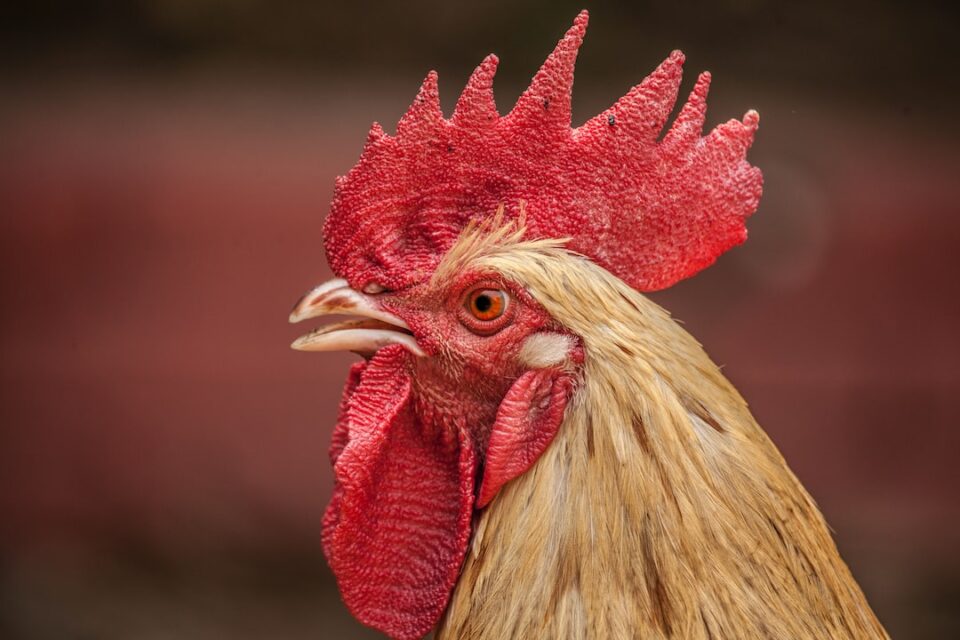The world is a canvas filled with a myriad of colors, and nowhere is this more apparent than in the incredible hues of the poison dart frog. These mesmerizing creatures inhabit the lush rainforests of Central and South America, captivating both scientists and casual observers with their vibrant displays. In this blog post, we will delve into the enchanting world of poison dart frogs, exploring their stunning colors and the intriguing reason behind their toxicity.
Poison dart frogs, also known as dart-poison frogs or poison arrow frogs, are a group of small, brightly colored amphibians that belong to the family Dendrobatidae. With over 170 known species, these frogs come in a remarkable range of colors and patterns, from dazzling blues and fiery oranges to striking yellows and intense reds. Their vivid appearance serves as a natural warning to potential predators, signaling the presence of potent toxins that can pose a serious danger.
But how are these fascinating frogs able to possess such toxic compounds? The answer lies in their diet. In the wild, poison dart frogs feed on a variety of small invertebrates, such as ants, termites, and mites. These prey items contain alkaloids, which are chemical compounds that the frogs retain in their bodies. Over time, these alkaloids accumulate in the frog’s skin, turning it into a toxic defense mechanism.
Interestingly, not all poison dart frogs are toxic. The toxicity levels can vary greatly between species, and even within the same species, depending on their diet in the wild. It is believed that the frogs acquire their toxic compounds from consuming specific types of ants or other insects that contain high amounts of alkaloids. This unique adaptation allows the frogs to generate a chemical defense that is deadly to predators, making them virtually untouchable.
The potency of the toxins found in poison dart frogs is astonishing. Some species, such as the golden poison frog (Phyllobates terribilis), are considered the most toxic animals on Earth. It is estimated that a single specimen of this species could potentially kill up to ten adult humans with its lethal skin secretions. Their intense toxicity is a result of their diet, which consists mostly of toxic beetles in the wild.
The bright colors displayed by poison dart frogs are not only a visual spectacle but also serve as a means of communication and identification. It is believed that these vibrant patterns act as a warning signal, known as aposematism, to potential predators. The bold, contrasting colors act as a deterrent, letting predators know that these frogs are equipped with potent defenses.
Additionally, the bright colors help distinguish between different species of poison dart frogs. Each species has its unique coloration, allowing them to recognize individuals of their own kind and avoid engaging in territorial or reproductive conflicts. It is truly remarkable how these frogs have evolved to use their colorful appearance for both protection and social interactions.
Aside from their toxic nature and stunning appearance, poison dart frogs possess other intriguing characteristics. For instance, they are known for their elaborate courtship rituals. Males often engage in intricate dances, vocalizations, and aerial displays to attract females. Once a pair has formed, they demonstrate remarkable parental care. The male diligently guards the eggs until they hatch, ensuring the survival of the offspring.
Due to habitat destruction and the illegal pet trade, many species of poison dart frogs are now considered endangered or critically endangered. Their captivating colors and toxicity have made them highly sought after by collectors, leading to population declines in the wild. Conservation efforts are underway to protect these incredible creatures and the fragile ecosystems they call home.
In conclusion, the vibrant colors of poison dart frogs are an exquisite marvel of the natural world. Their toxic secretions, acquired from specific prey items in the wild, provide them with a powerful defense mechanism against predators. The bright hues displayed by these frogs serve as warning signals, deterring potential threats and allowing for species recognition. However, it is essential to remember the fragility of their existence and the need for conservation efforts to preserve these extraordinary creatures. As we venture further into the rainforests, let us appreciate the dazzling beauty and toxic tales hidden within the vibrant colors of poison dart frogs.

